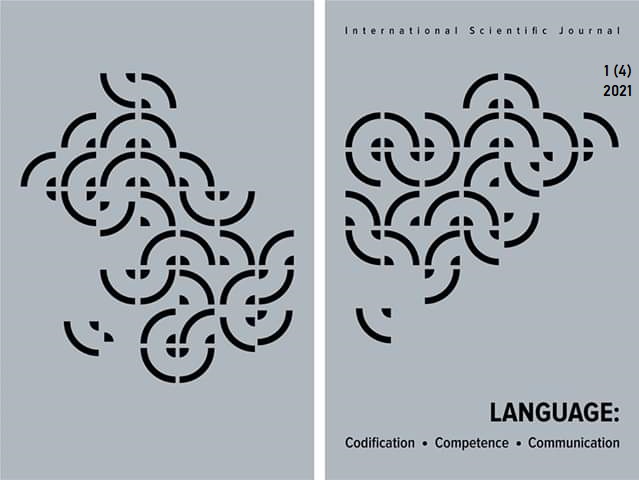RESPONSE PARTICLES IN LITHUANIAN CONVERSATION AND TURN DESIGN
DOI:
https://doi.org/10.24025/2707-0573.9.2024.292852Abstract
The paper deals with response particles in Lithuanian conversation. The results of the analysis provide evidence that sequential environments response particles are used in turn out to be central. Thus, the distinctive usages and functions of the particles are investigated in the following sequences: questions-answers, assertions-reactions and directives-reactions. The paper considers similarities and contrasts among the Lithuanian affirmative as well as negative particles. The results of the analysis show that the particles mainly appear in positive responses, thus the inventory of the affirmative particles is much more abundant than that of negative particles. The primary functions of the particles encompass responding to a previous turn: they occur as positive or negative answers to polar (yes-no) questions, as responses to assertions or directives, and as so-called feedback (or back-channel) elements. Affirmative particles firstly operate as confirmation and agreement markers, while negative particles, on their turn, primarily operate as disagreement markers, though at times they have also a capacity of functioning as agreement devices. Sequential contexts appear to have an impact on the emergence of discursive (resp. interactional) meanings of response particles that have not been discussed in Lithuanian grammars.
Published
Issue
Section
License
Copyright (c) 2023 Еріка Ясіоните-Мікучонене

This work is licensed under a Creative Commons Attribution-NonCommercial 4.0 International License.
Authors hold full copyright and at the same time they transfer the publishing rights to the journal. The author of a published article has the right to distribute it, post the work in the electronic repository of his/her institution, publish as a part of a monograph, etc. with a required link to the place (output) of its first publication.
The authors confirm that the scientific article submitted for publication has not previously been published and has not been submitted to the editorial office of other journals.
If you have any questions, please contact us:
email: ukrmova@chdtu.edu.ua, o.pchelintseva@chdtu.edu.ua
Viber / WhatsApp: +38 093 789 09 27


